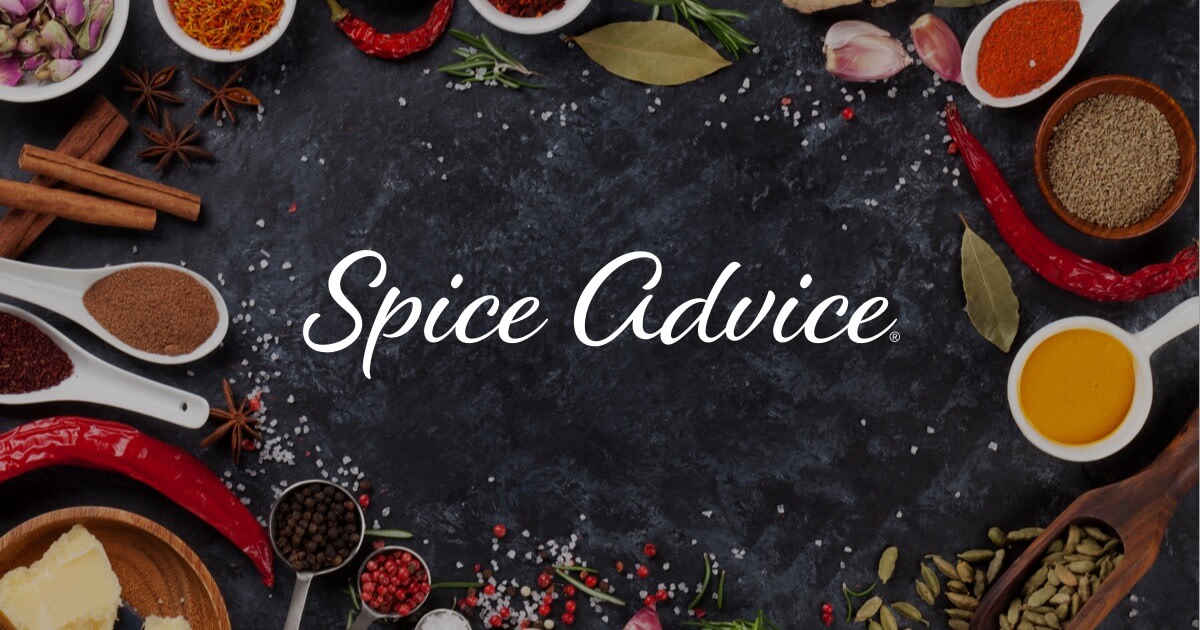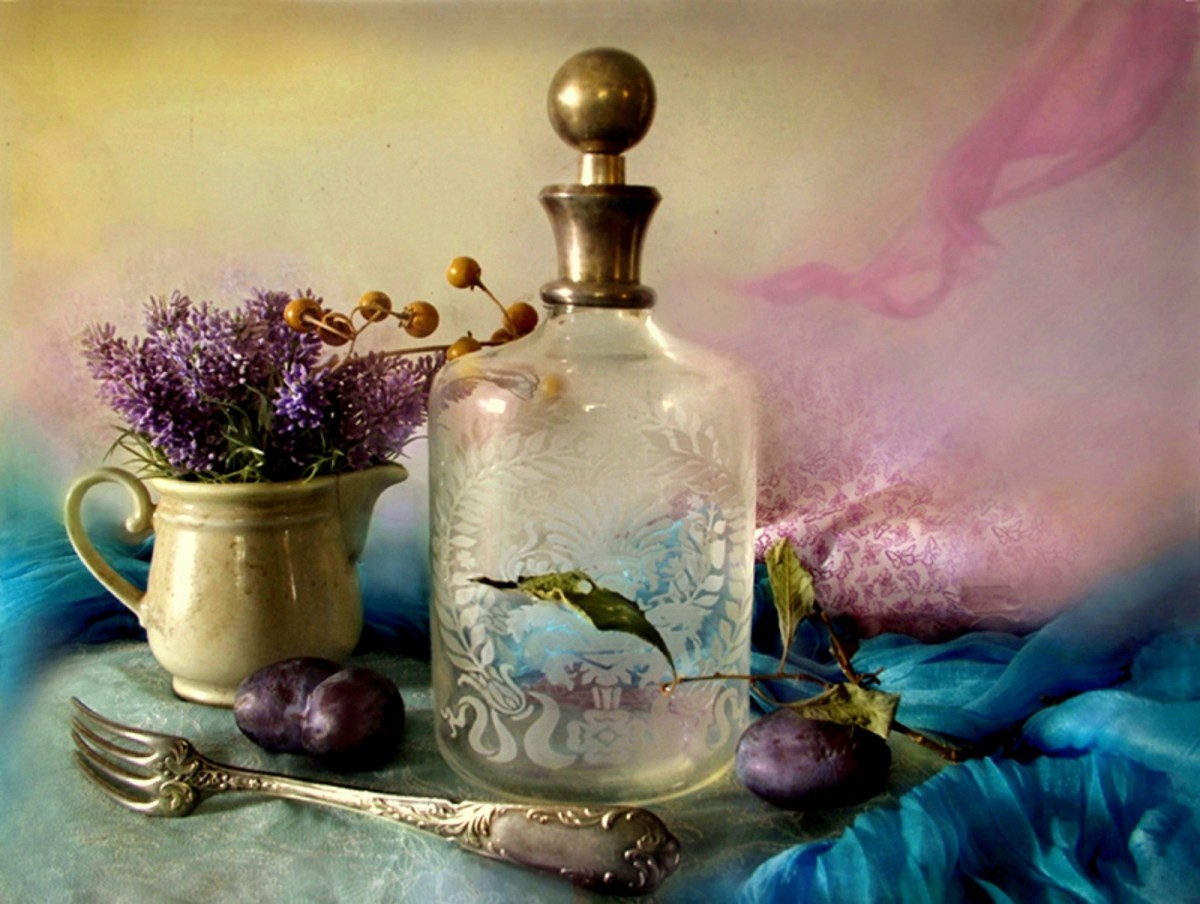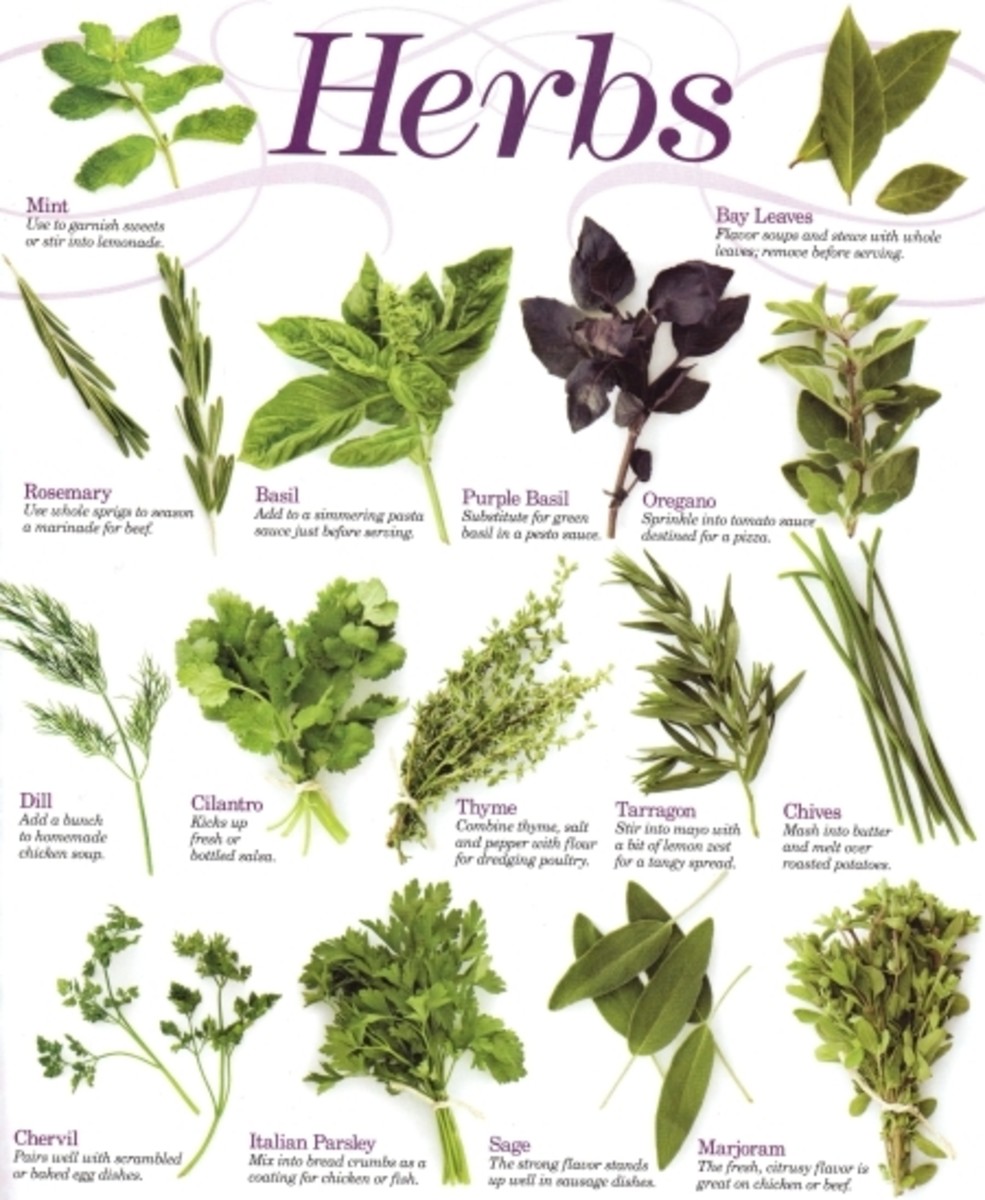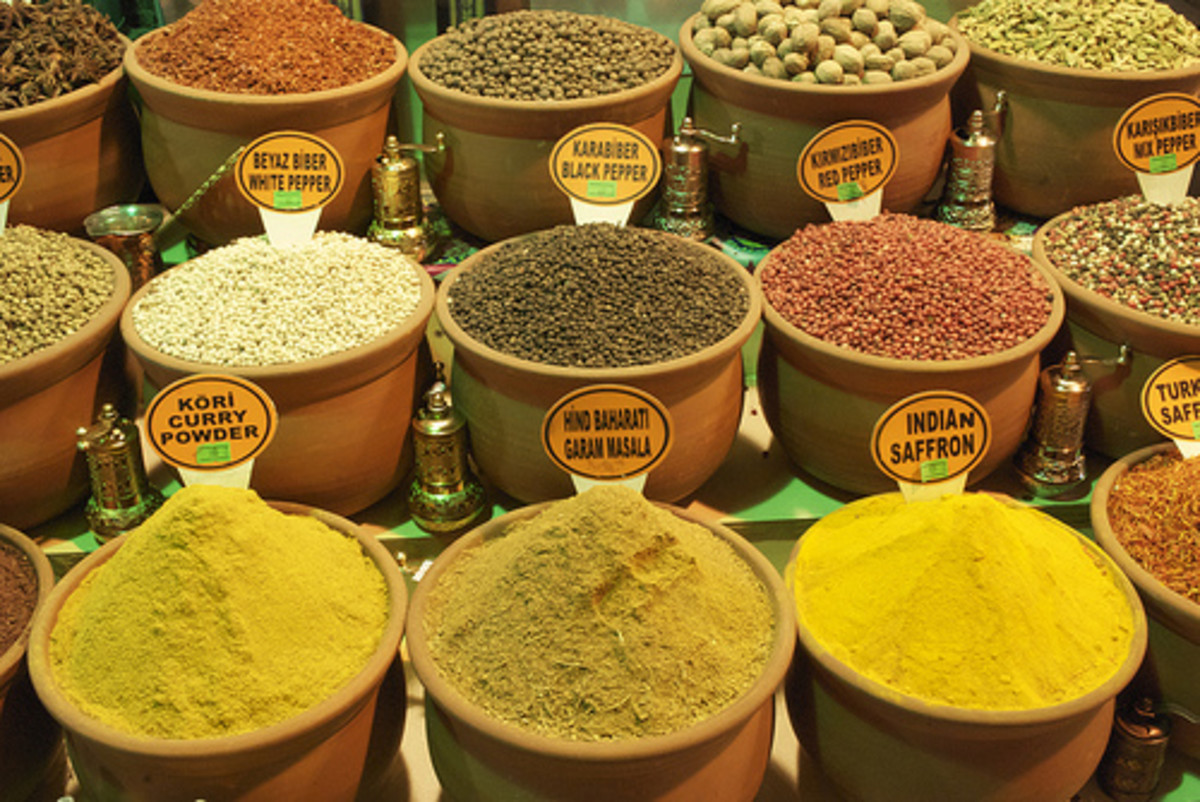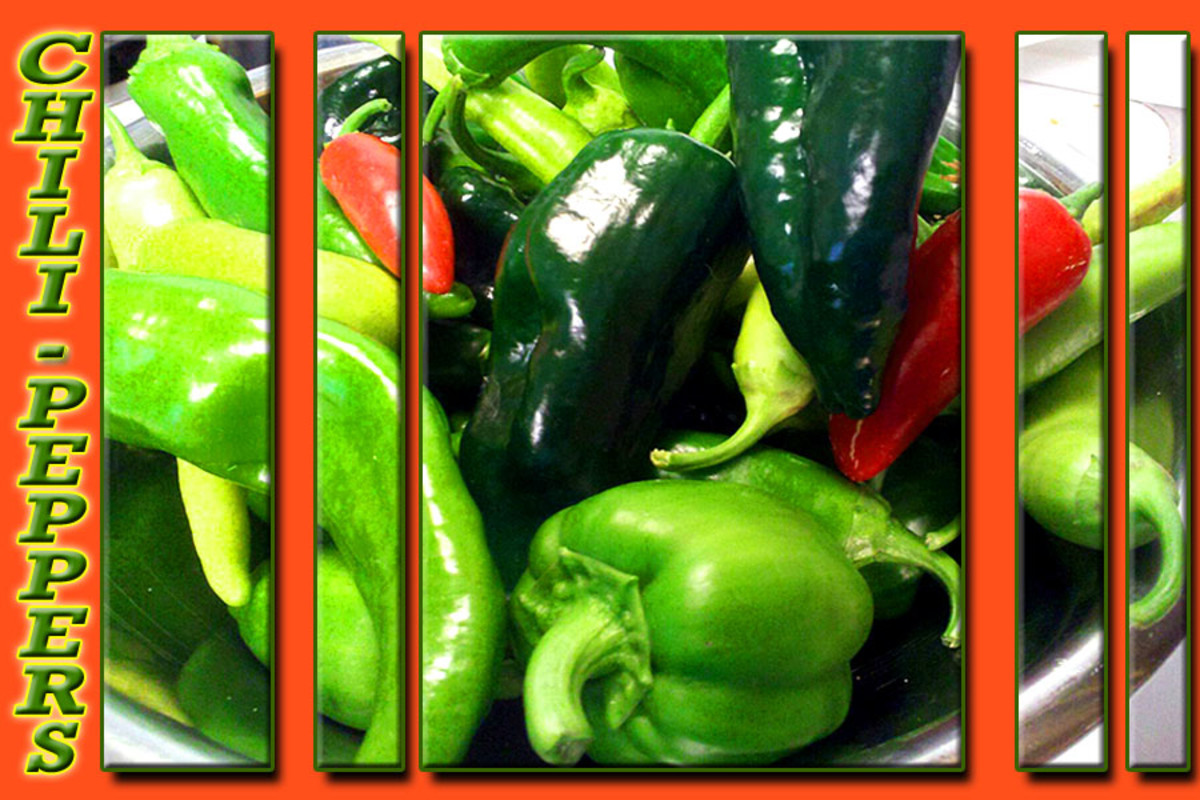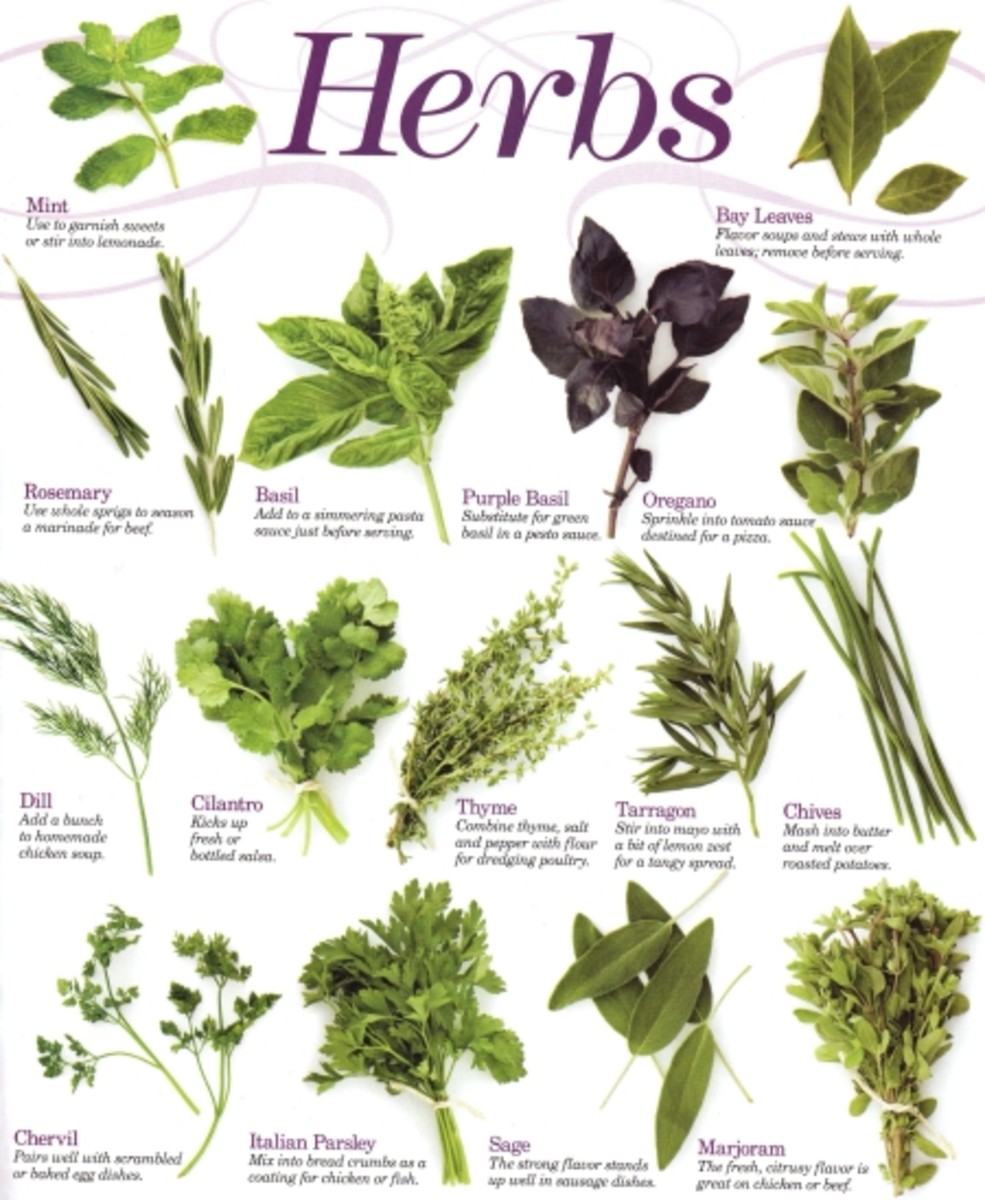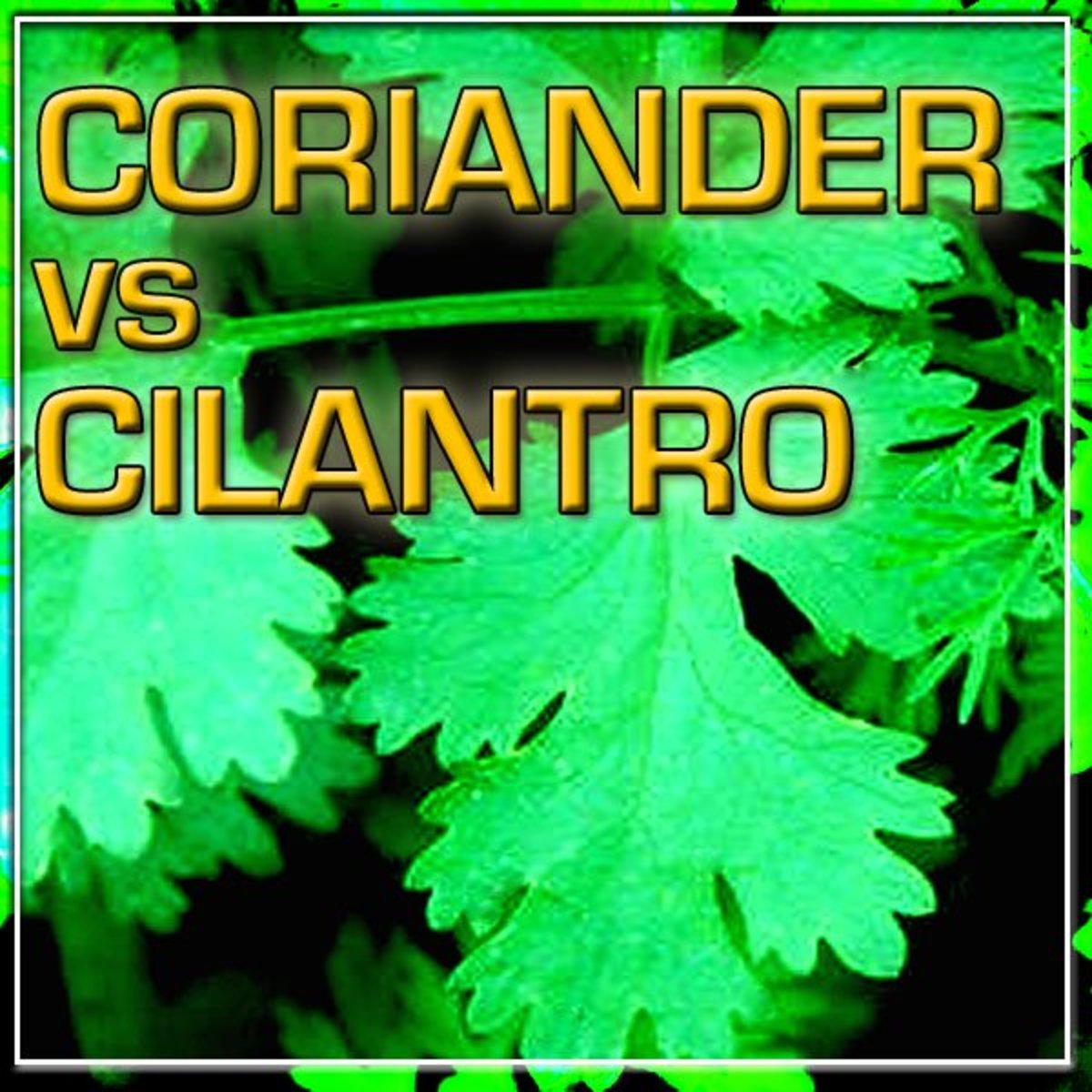Using Herbs in Medicine and Cooking

For thousands of years, herbs have been used to treat and prevent disease as well as to enhance our cooking.
Our farmer’s wife, Crystal, is a master herbalist. Since she and Eric came to La Vista in 2010, Crystal has introduced our shareholders to new herbs and the many ways to use them. She makes medicines in tincture form, as well as uses herbs in balms, salves and teas.
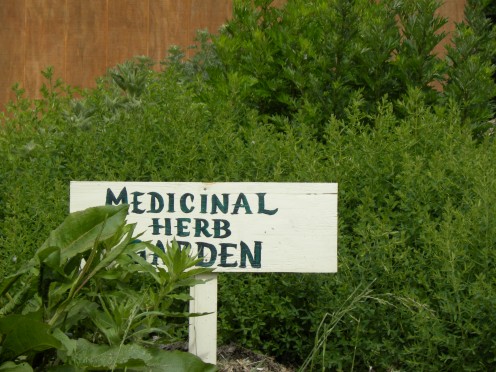
Herbs in Tinctures
An herbal tincture or extract is commonly used for various ailments by rubbing it on the skin or taking it as a supplement. You don’t need many supplies to make a tincture but what you do use should be high quality.
· an herb, preferably fresh
· a good alcohol base such as vodka or rum
· a clean wide-mouth jar with tight-fitting lid
· cheesecloth or muslin
The point of a tincture is not to cause drunkenness but to provide the strongest possible concentration of an herb’s healing essence. The water content in fresh herbs will dilute the alcohol so the percentage of alcohol will be lower in the tincture.
Using a ratio of 2:1 herb to alcohol put the herbs in a jar and pour enough alcohol to cover them completely.
Make sure the herbs are completely covered by the alcohol. Cover the jar, shake it, and store it in a cool dark place for up to two weeks. Every once in a while shake the jar. After a couple weeks, strain the tincture through the cloth into another clean jar and store in a cool dry place. Most tincture recipes call for one tablespoon taken at mealtime at least once a day.
Using Herbs in Infusions
Making an infusion is another way to use herbs. The difference between an infusion and a simple tea is that the infusion uses a much larger quantity of herb in the water. Since the minerals and other phytochemicals in nourishing herbs are made more accessible by drying, dried herbs are considered best. You can drink infusions or use them in a poultice, compress, skin wash or sitz baths.
You need:
· one ounce by weight (or about a cup by volume) of dried herb
· a quart jar with a lid
· boiling water
· cheesecloth or muslin
Put the herb in the jar and fill it to the top with boiling water. Cover the jar, let the mixture steep for 4-10 hours and then strain it with the cloth. Drinking 2-4 cups a day is typical.
Herbs and their medicinal and culinary uses
Herb
| Medicinal properties
| Culinary uses
|
|---|---|---|
Basil
| Use to relieve colds, flu and digestive upsets.
| Use in salads and soups, eat fresh with tomatoes and mozzarella; perfect in tomato sauce.
|
Cilantro
| Use to relieve indigestion and flatulence. Relieves menstrual discomforts. If consumed by breastfeeding mothers, helps to relieve colic.
| Great in fresh salsa, chili and Mexican food. Add to salads, soups and veggies wraps
|
Dill
| Rich in mineral salts, dill is useful in a salt-free diet. Dill water is useful for flatulence, indigestion, and colic. Used by breastfeeding mothers to soothe baby.
| Use fresh in salads and to flavor soups, meats, fish, potatoes, eggs, and pickles.
|
Lemon Balm
| Called "the elixir of life" lemon balm has aromatic, cooling, sedative properties and acts as a natural insect repellent. It's good for depression and nervousness. Can be used to treat bee and wasp stings.
| Make lemon balm tea simply by infusing the leaves in water for a few hours. Use fresh in salads. Add to fish or game.
|
Mint
| Relieves digestive problems and soothes fevers. Has an uplifting aroma
| Use in cold summer drinks, add to salads, create mint sauce or jelly.
|
Oregano
| Used to treat arthritis, lung conditions, parasitic and bacterial infections, upset stomach, menstrual problems, and urinary tract problems.
| Use in soups, sauces, pasta, and on meats, pizza, and roasted veggies.
|
Parsley
| Aids in digestion, fluid retention, arthritis, and osteoarthritis. Contains vitamins, minerals and iron. Eat fresh leaves for bad breath.
| Add raw to salads. Use to flavor soups, egg, potato, and fish dishes.
|
Sage
| Drink sage tea at the first signs of respiratory infections. Effective gargle for sore throats.
| Use to flavor meats, cream sauces, and stuffing. Blend chopped sage with cheese or butter.
|
Summer Savory
| Use to soothe digestive problems, menstrual disorders, use to treat wasp and bee stings, loosens congestion
| Adds peppery flavor to soups, stews, beans, sauces and meats.
|
Thyme
| Infusion aids in digestion, combine infusion with honey for sore throats and coughs. Helps with asthma.
| Use to flavor soups, chicken, fish, and white wine sauces.
|
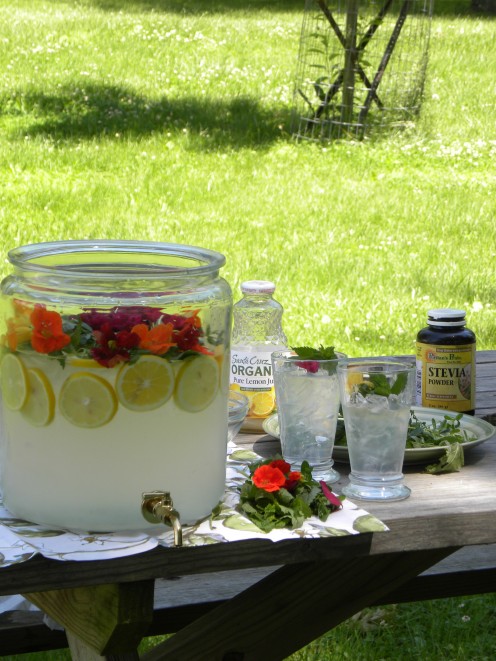
Herbal lemonade
Crystal is "famous" for her herbal lemonade. This is a popular drink that she makes when shareholders get together and at our open houses.
You need:
· water
· ice
· 3 lemons, sliced
· 3 T pure lemon juice (preferably organic)
· 1/16 tsp powdered stevia
· few sprigs of fresh mint
· small bunch of lemon balm
· seasonal edible flowers such as violets and dandelion flowers
Fill a sun tea jar with purified water. Add lemon balm and mint. Let the herbs infuse in the water for an hour or more in a sunny window. Add the stevia and lemon juice. Stir well. Add ice and lemons. Garnish with edible flowers.
Crystal demonstrates making her herbal lemonade
This is one of a series of hubs about La Vista Community Supported Garden in Godfrey, Illinois. I joined La Vista in 2005 and became a member of its board of directors a year later. This series – La Vista: Nurturing land and people – shares the struggles and triumphs of operating a CSA and the benefits of membership. I hope you find this series useful and interesting and, as always, feel free to leave a comment.

